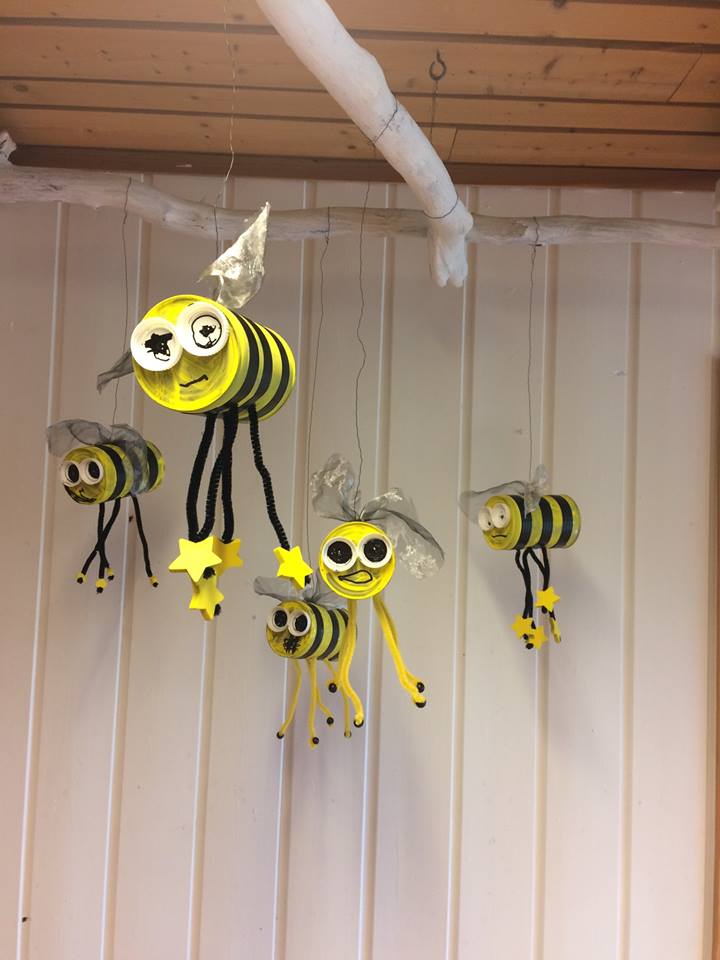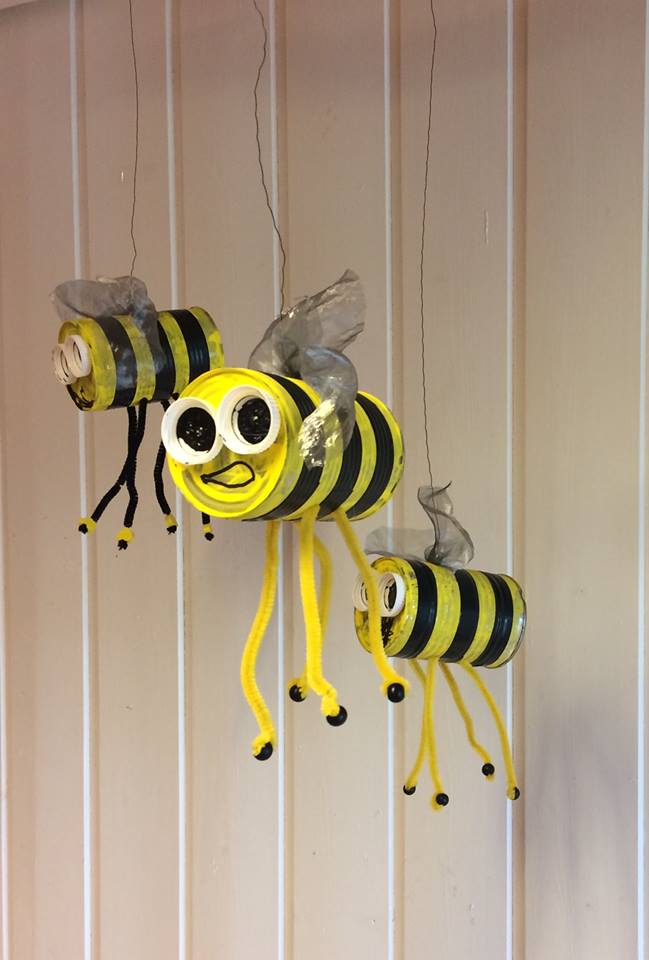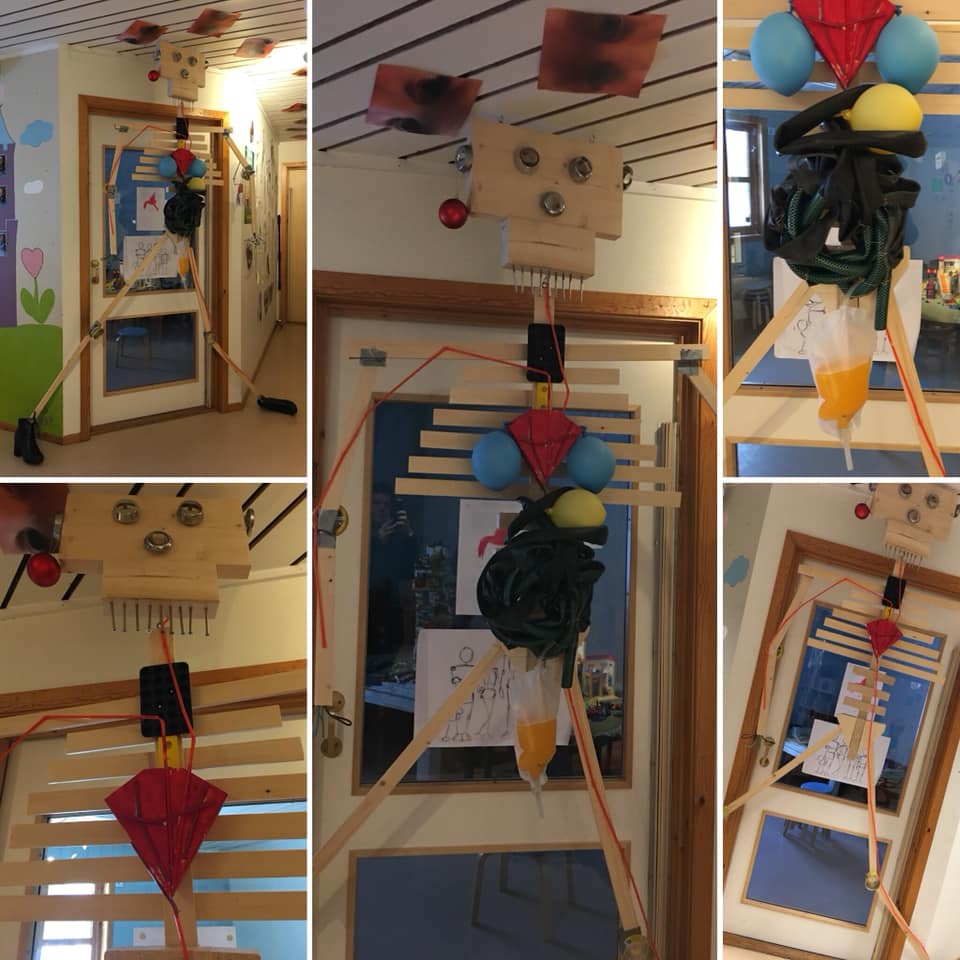The Spider Project








It all started when a couple of children showed great interest in looking for cobwebs and spiders outside.
We adults discussed one morning that this could perhaps be our next project and before we knew it, many children had gathered around our "waving window". Trude tried to see what it was but the glasses weren't on, so Silje had to go away to see what caught the children's interest. There was a really big spider out there. Silje went out to get it and took it inside so the children could look at it. We counted bones and told a bit about cobwebs, but our knowledge stopped there.
Spider project it had to be! We found information on how we could create a good environment for the spider in our terrarium and how we should always get food for it. Together with the children, we found rocks that it could hide around, grass and grass with insects in it, and sticks that it could climb on. It was important that we found enough food and we hunted for flies, mosquitoes and moths in the days that followed.
Almost all the collections were filled with spider based activities.
We sang:
Little Petter spider (+ several new versions)
Big Peter spider
So strange to be a spider
We learned the facts:
* The spider has 8 legs and 8 eyes.
* The spider has silk thread in its body and it comes out with its butt.
* Spiders have poison in them but it is not dangerous for us humans.
* The female spider is larger than the male and when the male has given birth to babies in the female's stomach, the female eats the male.
* The spiders make cobwebs to catch flies and other insects. The cobweb has some sticky threads with which it catches insects and some threads that act as a walkway for the spider that are not sticky.
* Some spiders create a "spider scarecrow" in the center of their web (made from the remains of the insects it eats) to show that the web is inhabited.
We read the book about the very busy spider. We saw pictures, video online (https://www.nrk.no/video/PS*57472), had an obstacle course where we had to go through spider webs, we made spider sausages with cobwebs on one of the spread food days and we made spider muffins for dessert at the autumn festival. The children have each painted their own spider picture with their hands. We have had a spider hunt outside where we had to find 6 small and 6 large spiders that were hidden all over the outdoor area.
The highlight of the collection was when we took the spider out to study and hold it. At the first gatherings, there were many skeptical children and adults, but after working on the project for almost a month, virtually everyone wanted to keep the spider. We worked hard on Fridays to get "Saturday goodies" until the spider and the adults in the department even started hunting insects at home. Little by little we started planning the release party for the spider, but one day when we took it out in the collection we saw that it wasn't going quite well and that it had got some cobwebs on its legs. We thought it would go away, but after the weekend the spider was dead. We brought it up in the gathering and talked about its death. Now everyone dared to hold the spider. One of the children found that it was really dead. We talked about the fact that since the spider was dead, we should post it because there are other animals such as e.g. birds that eat spiders and then they could be good and full. We put the spider in a hidden place and after a few days we went to see if it was awake, and it was. Either a dog or a man had eaten it, or it had been run over or it had blown away with the wind. These were the children's theories.
Why the spider project and what have we learned?
* First of all, we have learned a lot about spiders.
* We have sung and learned the melody and lyrics.
* We have learned numbers. 8 eyes, 8 legs, 8 edges on the cobweb, we had to find a total of 12 spiders in the hunt outside. We have counted on our own body how many eyes and legs we humans have.
* We have had many ethical questions and learned what is right and wrong and about the course of life. We catch food to feed the spider, but we shall not kill for the sake of killing. When the spider is dead, someone else can take advantage of it. How we should treat the spider and what is needed for it to thrive.
* We have looked at shapes such as oval and circle and 8 edge.
* We have changed sizes. The female is large and the male is small. We were looking for 6 large and 6 small spiders.
* We have been creative and made something together. The paintings and the muffins.
* We have used our bodies and trained our motor skills through the two times we have had the spider obstacle course.
* And we have learned that spiders are not dangerous and that they are of great use here in our world!

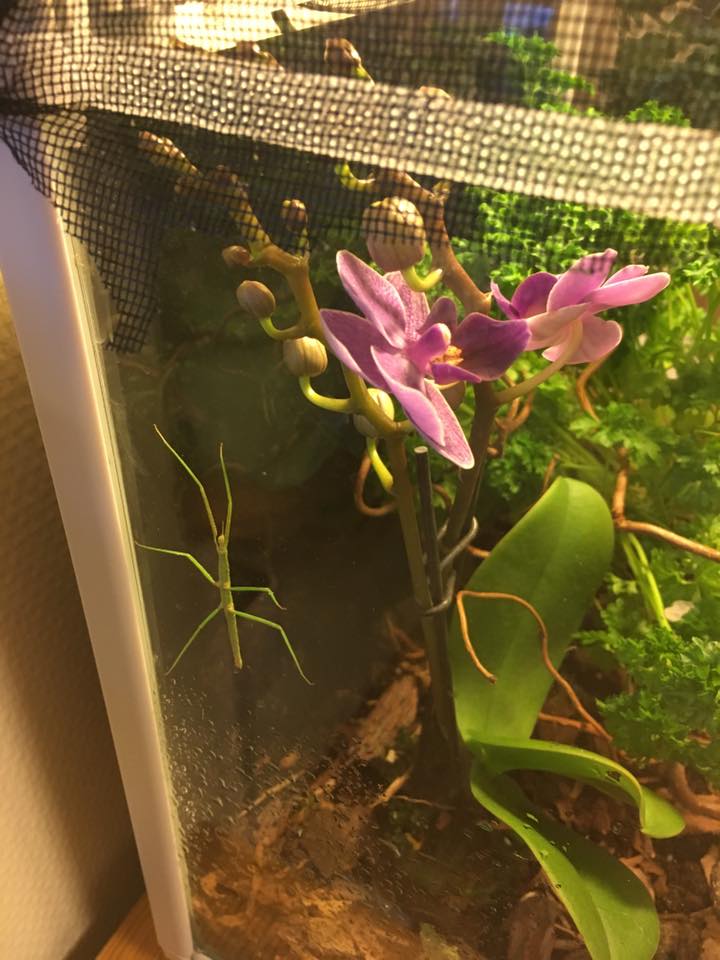
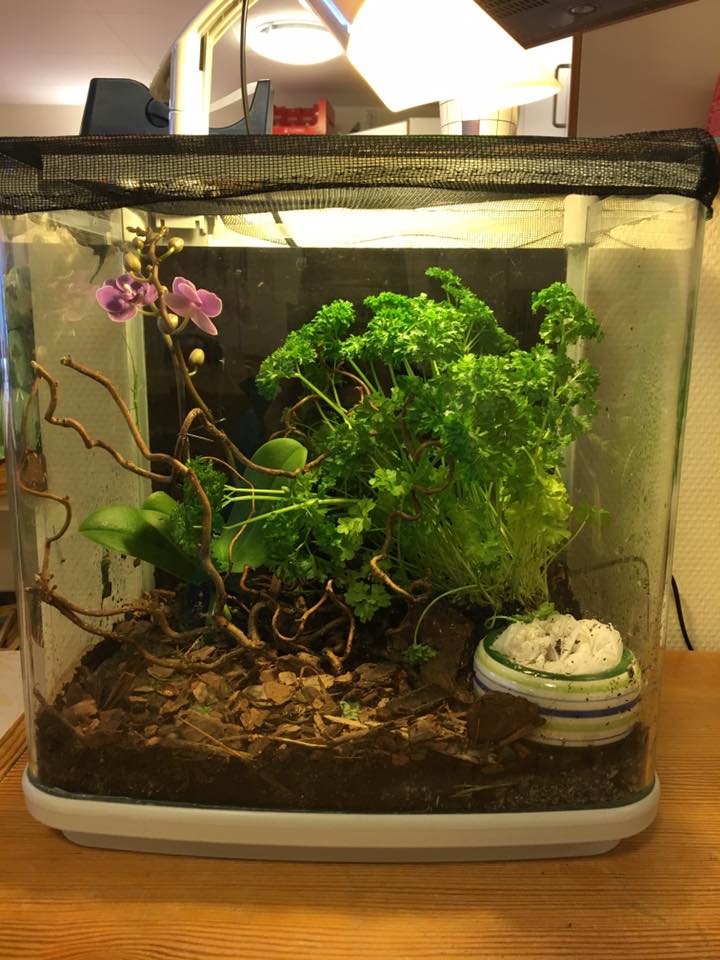
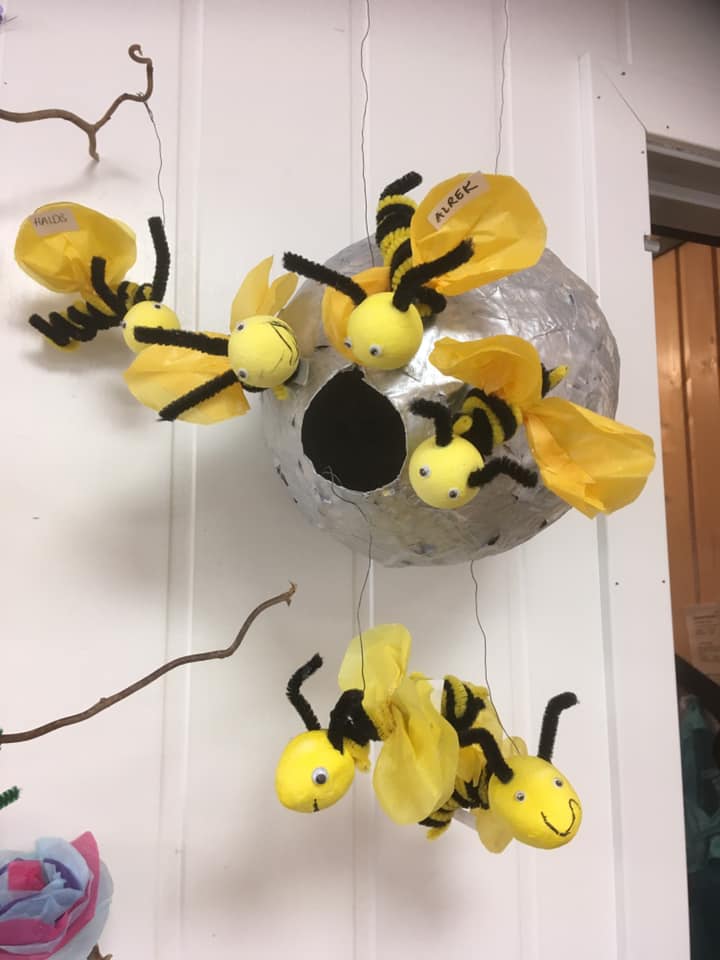
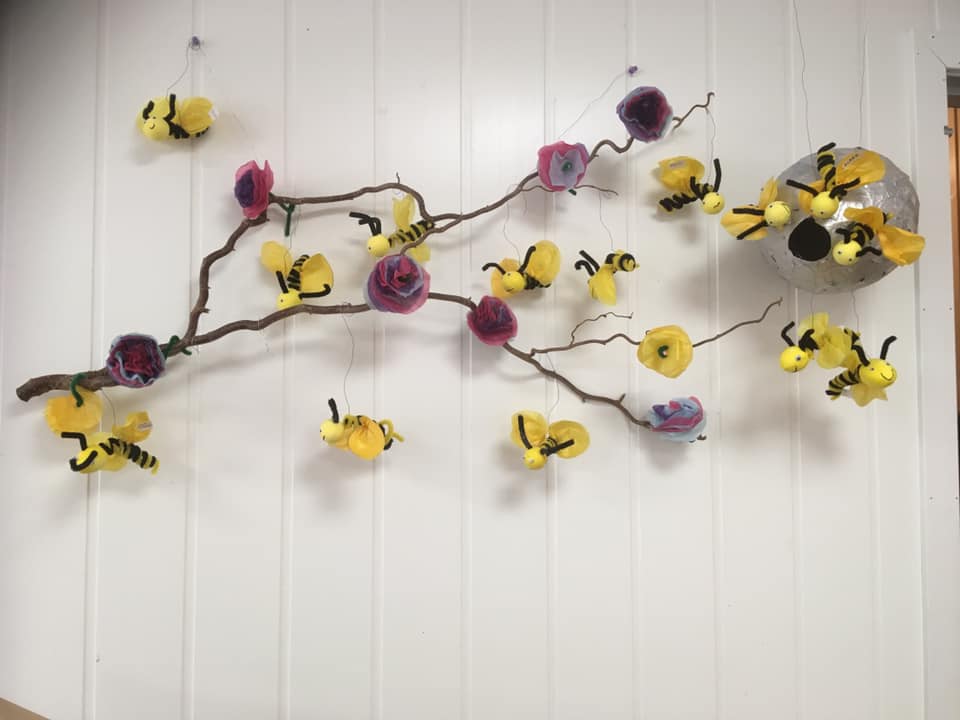
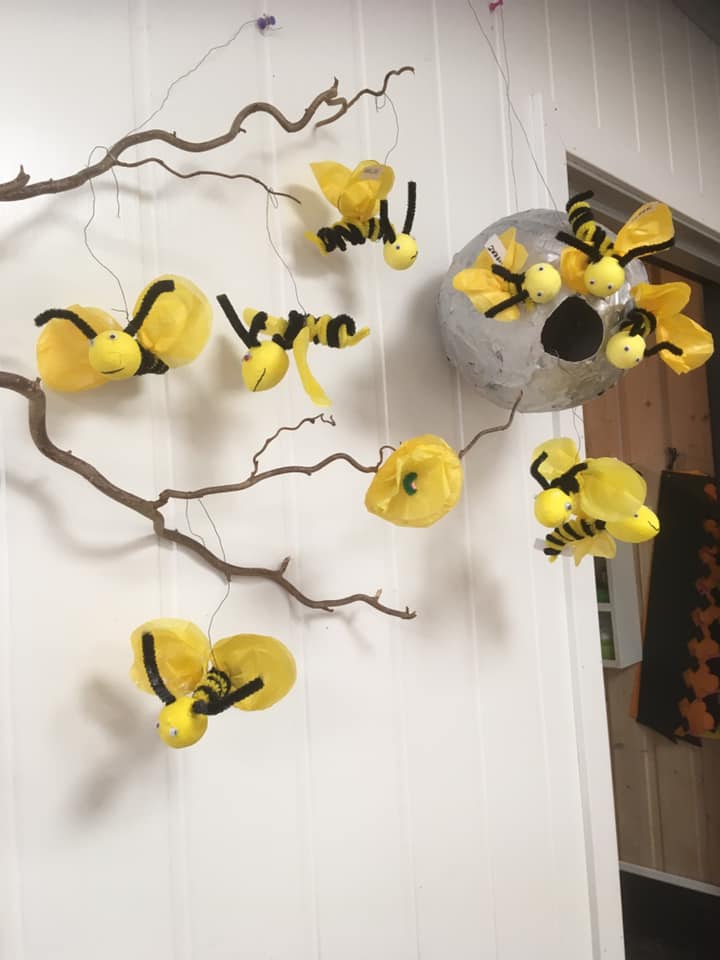
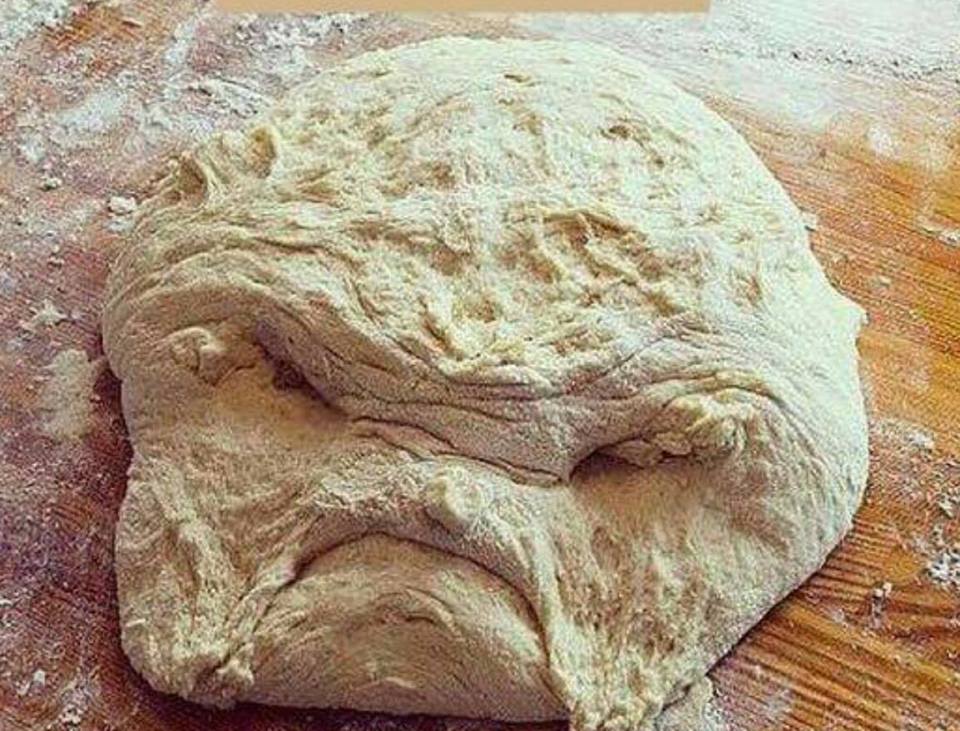
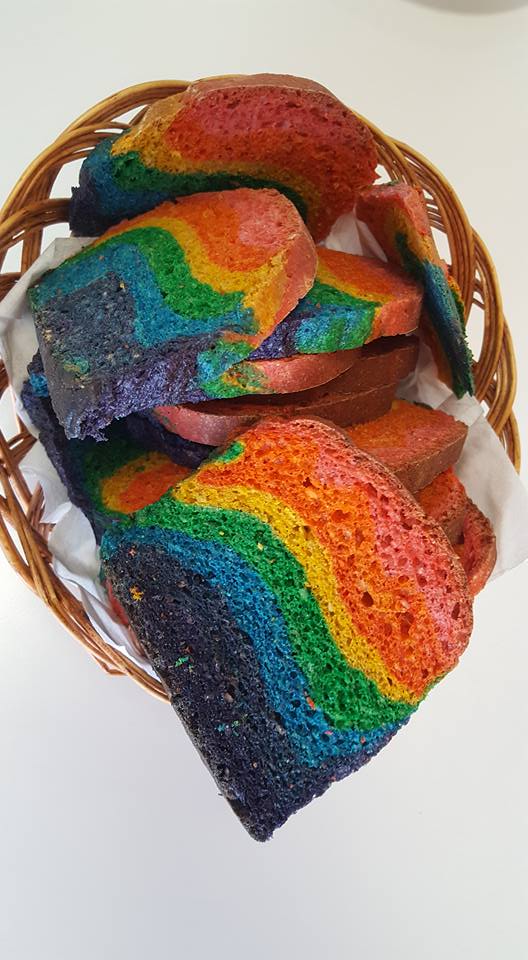
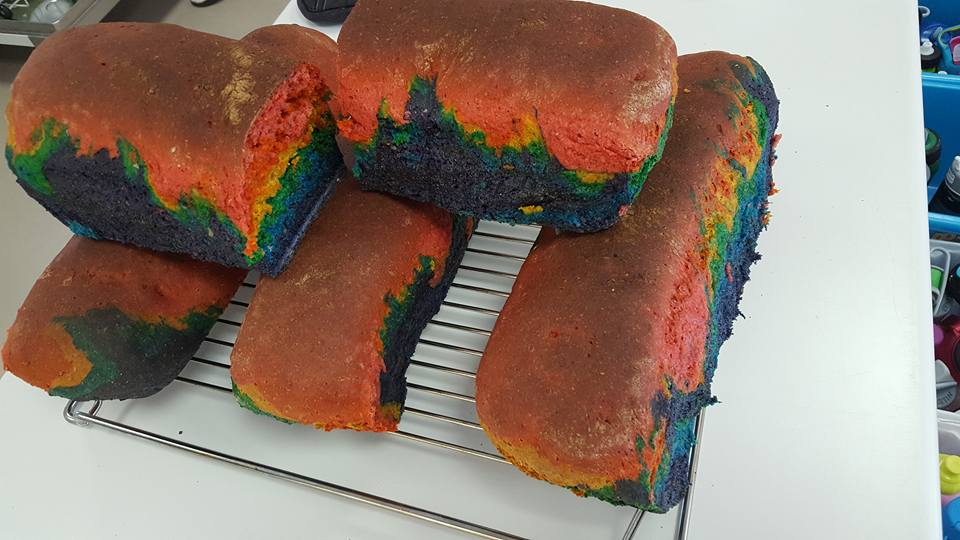
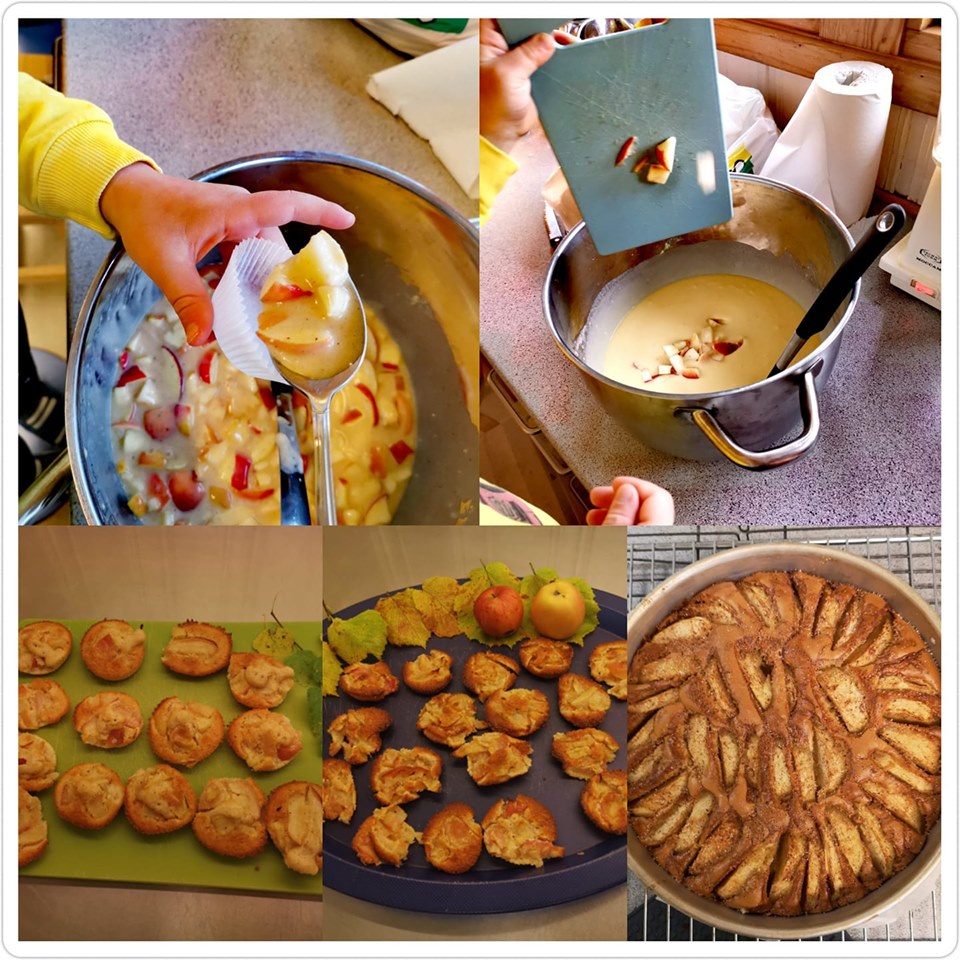

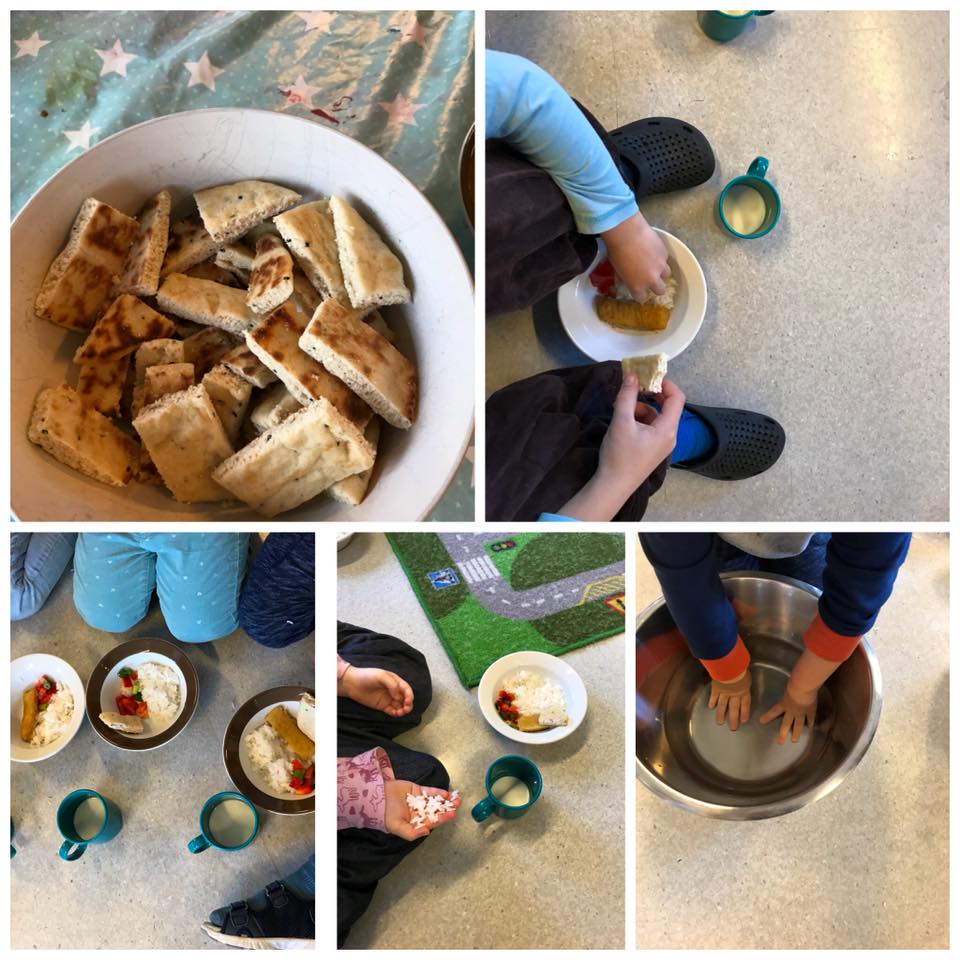
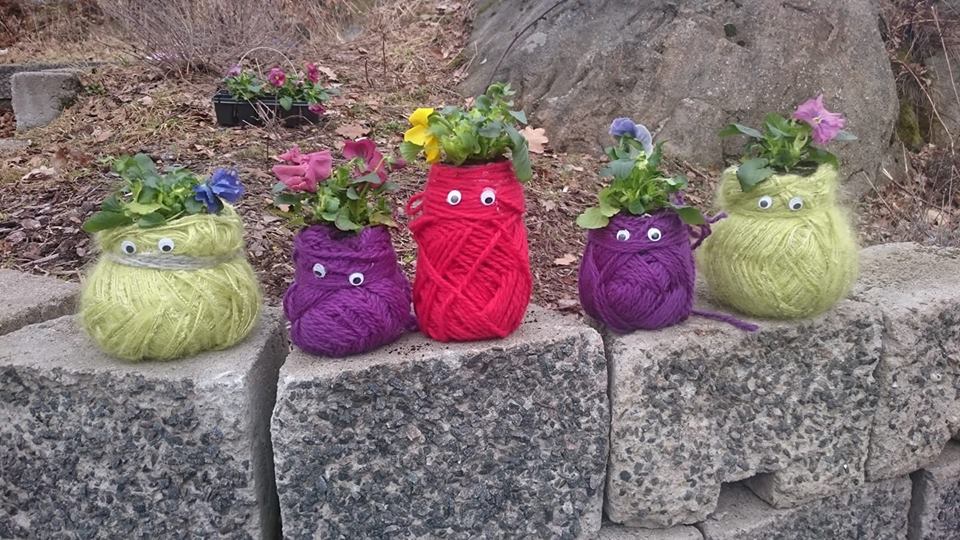
.jpg)
